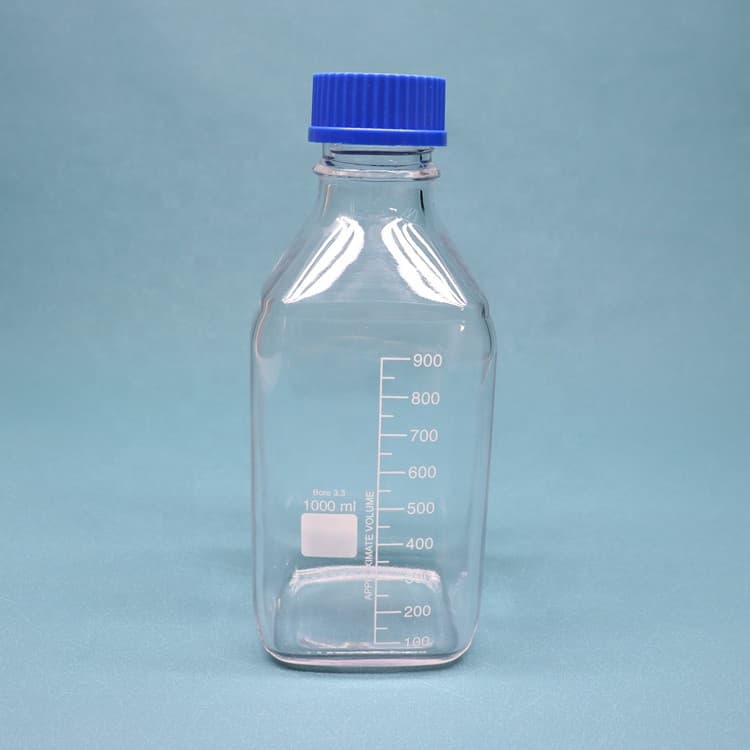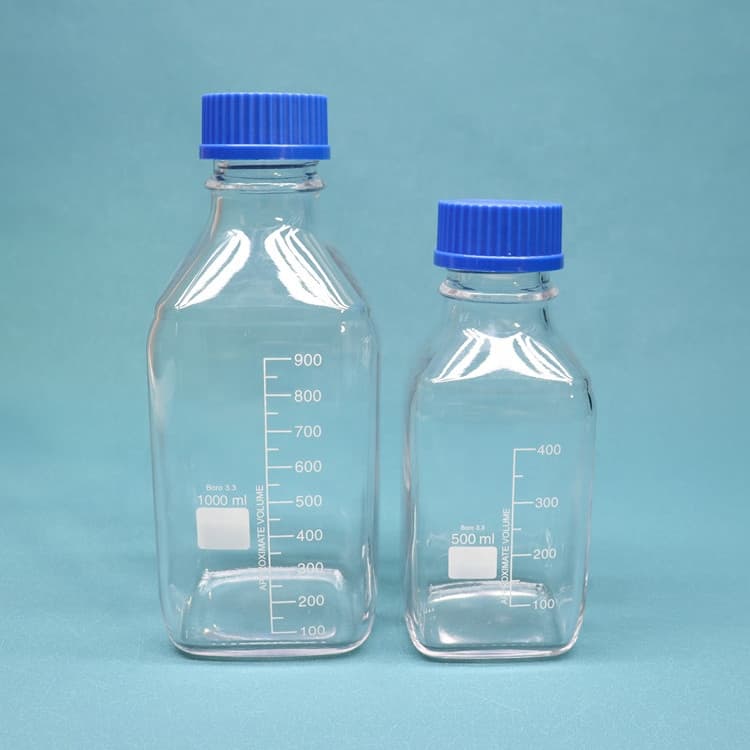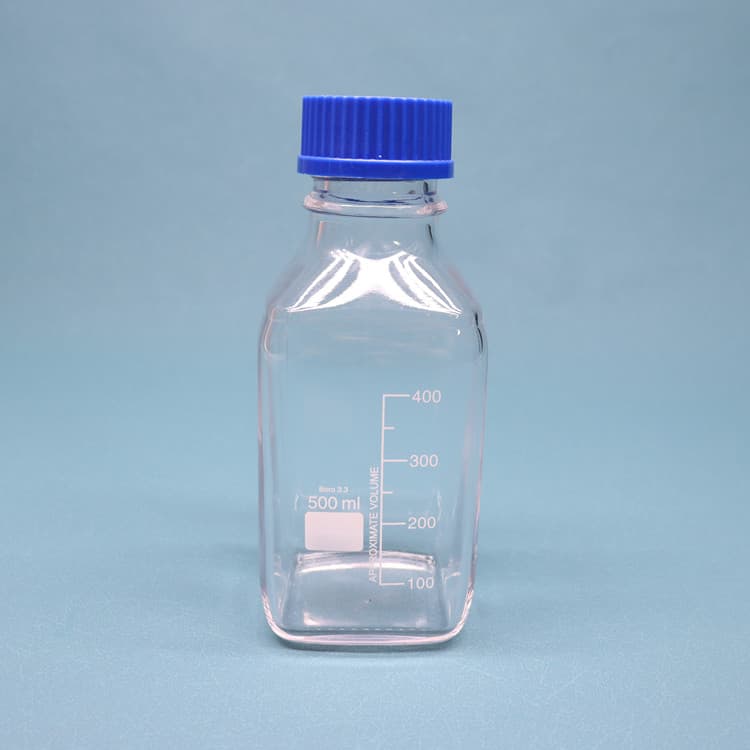



Analytical Vials. Vials play a significant role in analytical analysis and result reproducibility. Vials must be inert and free of extractables or leachables to prevent affecting results. Using certified, application-specific, contaminant-free vials can significantly reduce risk. We offer a broad spectrum of Supelco ® products including
Septa. Septa are available in a variety of materials and thicknesses. PTFE Natural Rubber are moderately priced seals for GC and HPLC with good chemical properties. They are ideal for multiple injections due to high resealability, but not as easy to penetrate as PTFE/RR. PTFE/High Performance Rubber is a highly pure synthetic red rubber septum
the solvent. PTFE/Silicone septa are ideal for use in most HPLC and GC applications where resealability and purity are critical. Pre-slit PTFE/silicone septa Pre-slit septa are offered in many of the same formulations as for non-slit PTFE/silicone septa and shares most of the physical and chemical characteristics.
Our closures with septa are made in a wide variety of sizes and materials ensuring you have the right combination for your sample type and analysis temperature. The silicone septa is primarily for use with viscous or toxic samples.
Description. For use with 13-425 threaded caps or 13mm Snap/Crimp Caps, Aijiren Tech™ 13mm Septa are available in PTFE/ Red Rubber, PTFE/Silicone or Red PTFE/White Silicone/Red PTFE to suit a variety of applications. PTFE disk septa are chemically inert. PFTE/red rubber septa are economical for many GC applications.
Septa for open top caps: Inquiry: for cap size, 8 mm, red PTFE/silicone: Septa for Magnetic Screw Caps: Inquiry: white PTFE/blue silicone, diam. × thickness 17 mm × 1.3 mm: Septa for aluminum caps: Inquiry: PTFE/butyl rubber septa: Septa for 12 x 32 mm standard screw-thread autosampler vials: Inquiry: red PTFE/white silicone, diam. 8 mm
PTFE/white silicone purepack septa Excellent choice for general volatiles analysis. Septa are packed in a glass PurePak jar to assure low background, low permeability, and the highest performance of any headspace septum. PTFE/Silicone septa provide excellent resealing characteristics and broad chemical compatibility.
Selecting the Correct Septa. It's vital to choose the right septa for your application. The wrong septa can compromise the accuracy of your results and reduce the lifespan of your supplies (increasing overall costs). The below chart shows some common septa materials along with their compatibilities, incompatibilities, and resealability.
Translucent silicone rubber septa:. Contain no pigments, waxes, or molding agents. Good for high heat applications (200C continuous or 400C intermittent). Autoclavable for sterile applications. Excellent resistance to deterioration due to sunlight and ozone. Compare this item.
PTFE/Silicone (white) Aluminum Cap, Star Spring and Septa | PerkinElmer. PerkinElmer. Revvity. Customer Transformation Hub. Request a Quote. Contact Us. PTFE coated silicone and aluminum-coated silicone offer the highest temperature operating limits.
Tuf-bond Septa (9711D10 to D45) Thickness: 100 mils Of silicone rubber with PTFE facing 10 mils thick Septa of butyl rubber, silicone rubber or rubber-laminated PTFE are available on special order. Septum diameter indicated in listings. Compare this item.
Contact Us.
PTFE Coated Silicone Septa, with 3 mm thickness, have been designed to be used with 20 mm Headspace Vials.
.The septum is provided with a thin 0.005” PTFE layer laminated to highly pure silicone, and slit through the center for easier needle penetration and to release the vacuum that forms when a large volume of sample is withdrawn from a vial.
Description. Aijiren Tech™ Septa for 8-425 Screw Thread Caps are constructed of PTFE, PTFE/rubber, or PTFE/silicone to suit a variety of HPLC, GC and IC applications. Choose from Aijiren Tech™, Aijiren Tech™ National™, and Aijiren Tech™ Chromacol™ brands. PTFE Disk septa are chemically inert.
Needles and syringes can be a high safety risk if handled improperly. Understanding the proper use, safe practices, disposal, and various needle and syringe options available to lab personnel are important to minimize the exposure to harmful hazardous chemicals in research laboratories.